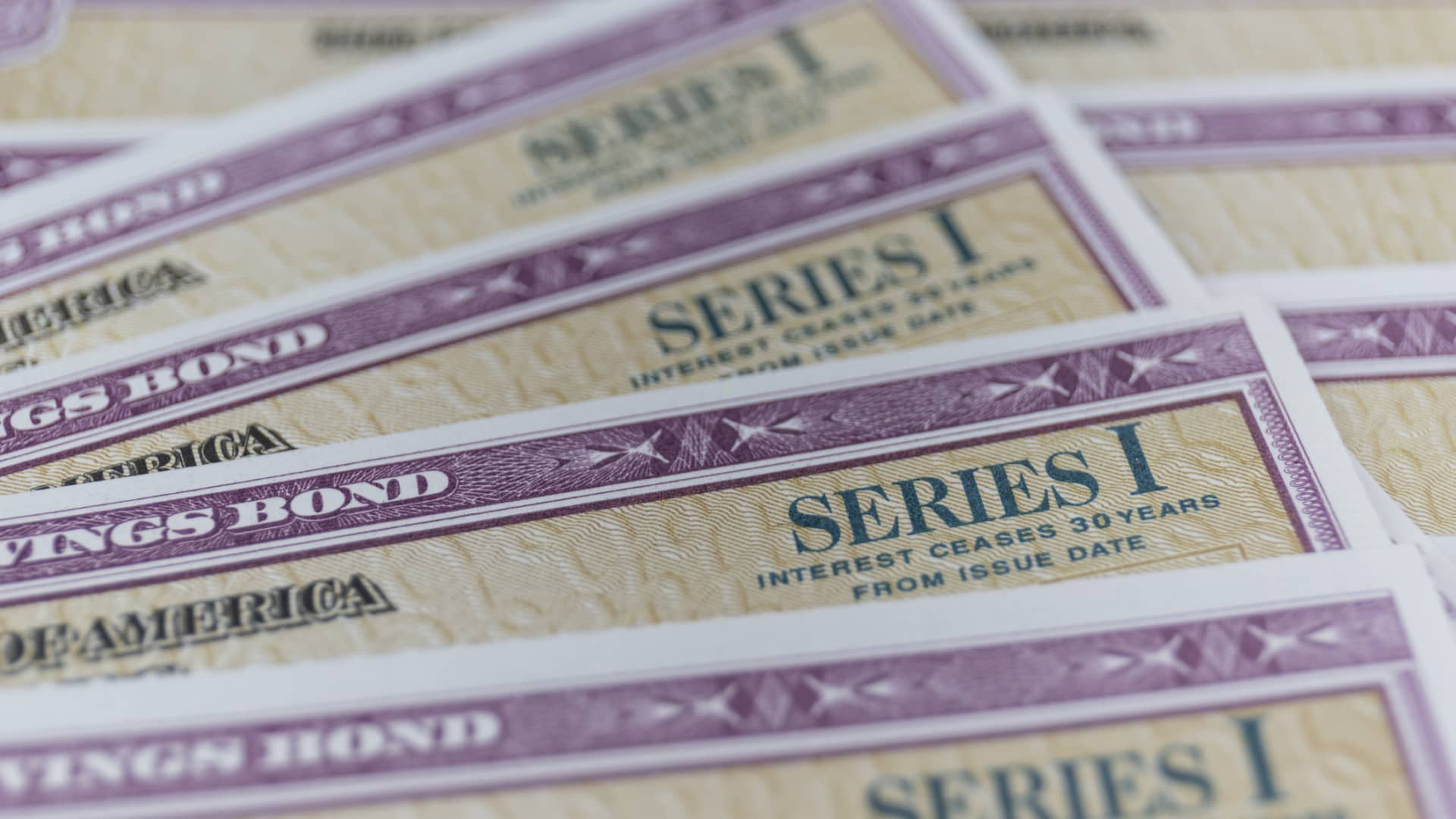Products You May Like
As inflation falls, investors are weighing whether to buy or sell Series I bonds amid other competitive options for cash.
Annual inflation rose by 3% in June, the smallest 12-month jump since March 2021, and a hefty pullback from 9.1% in June 2022, according to the U.S. Bureau of Labor Statistics.
“Cooling inflation means that interest rates are likely near the end of their increases,” said certified financial planner Ted Haley, president of Advanced Wealth Management in Portland, Oregon.
“It has been a great time to hold cash with yields close to 5%, but eventually yields will come back down, either because inflation falls further or the economy slows,” Haley said.
But in the meantime, many investors are waiting for the Federal Reserve’s next interest rate decision later this month, which may affect cash yields.
What to expect for I bond rates
There are two parts to I bond interest rates: a fixed rate that stays the same after purchase, and a variable rate, which changes every six months based on the consumer price index.
Demand soared for I bonds in 2022 with annual yields on new purchases topping 9.62% in May and 6.89% in November. While the yearly rate fell to 4.3% in May 2023, the fixed rate portion climbed to 0.9%, making the asset more attractive for long-term investors.
“That’s worth buying because it lasts for 30 years and you always get that 0.9% over inflation,” said David Enna, founder of Tipswatch.com, a website that tracks I bonds and other assets.
That’s worth buying because it lasts for 30 years and you always get that 0.9% over inflation.David EnnaFounder of Tipswatch.com
However, if you’re eager to buy more I bonds, Enna said “you definitely should wait” until mid-October, when there’s complete inflation data from April through September, which determines the variable part of the next I bond rate change in November.
Of course, the next fixed rate for I bonds could be higher or lower. But Enna thinks it may increase again based on yields from Treasury inflation-protected securities, or TIPS.
‘I bonds have competition’ for short-term savings
While I bonds may appeal to long-term savers, experts say there may be better options if you’re saving money you need in a year or two. “From a short-term perspective, I bonds have competition,” said Ken Tumin, founder and editor of DepositAccounts.com, another website that tracks I bonds and other savings products.
For example, some of the best high-yield online savings accounts are paying more than 4.5%, as of July 13, representing the top 1% average, according to DepositAccounts.
“You should also compare [I bonds] against today’s one-year certificates of deposit,” Tumin said, with the top 1% average paying over 5.4%, DepositAccounts reported on July 13. Other competitive options may include Treasury bills or money market funds.
However, if you’re planning to sell your I bonds, it’s important to review the purchase dates to maximize interest, Enna warned. There’s a one-year lockup when you buy I bonds and a three-month interest penalty for selling within five years.
